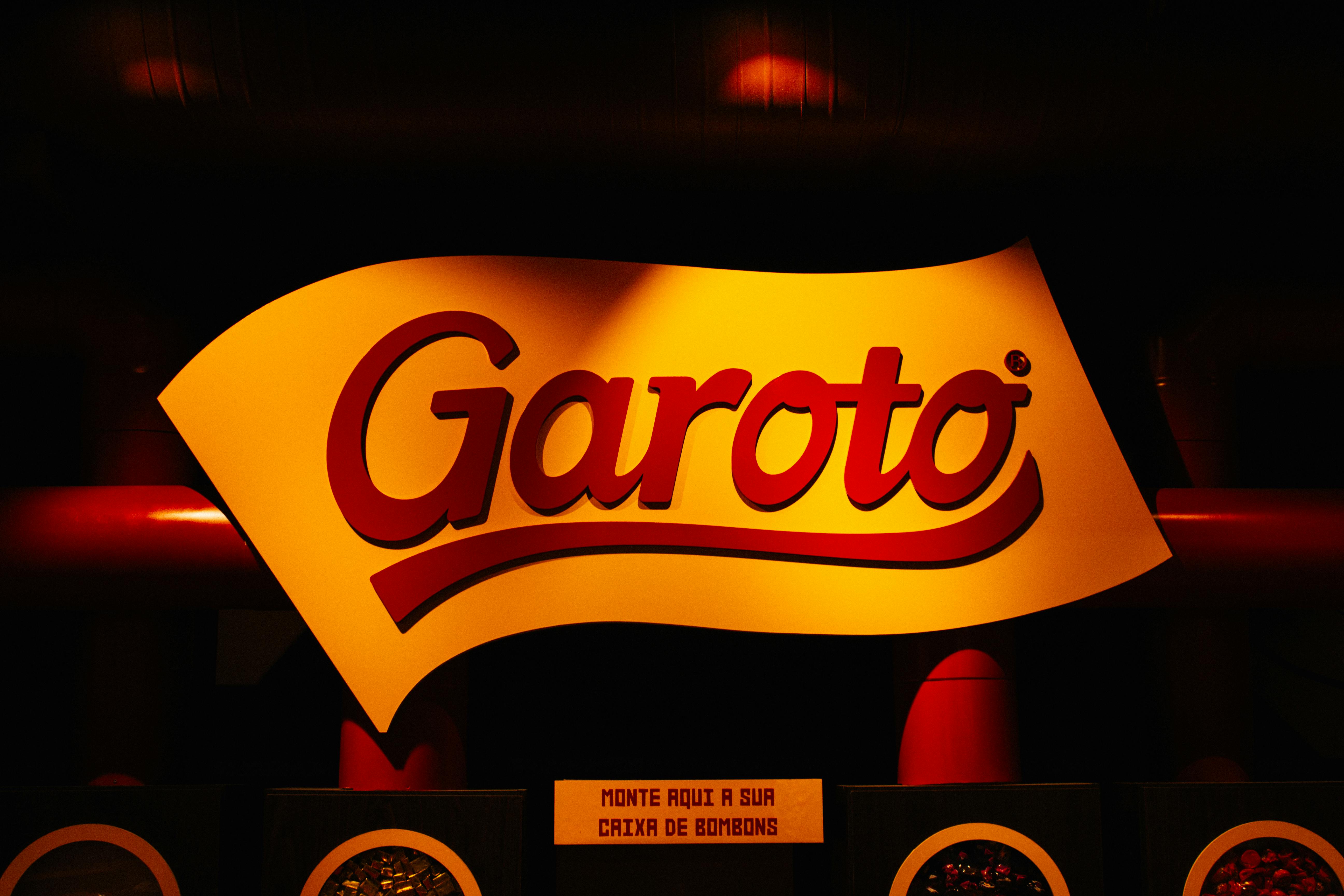Smart Ways to Make Cake Flour at Home in 2025: Discover the Secrets!

How to Make Cake Flour at Home: Enhance Your Baking with This Simple Guide!
Cake flour is a key ingredient for achieving soft and tender cakes, crucial for any aspiring baker. Its fine texture and low protein content set it apart from all-purpose flour, making it an essential component in cake recipes. Knowing how to make cake flour at home gives you the flexibility to create cakes that are light and fluffy, perfect for special occasions or everyday treats. In this article, we will delve into the science behind cake flour, explore cake flour substitutes, and provide detailed methods for making your own cake flour. We’ll also share helpful baking tips that will elevate your cake-baking skills to the next level!
Join us as we uncover the best practices for making cake flour, enhancing cake texture, and understanding flour types. With our guidelines, you'll be well on your way to baking success!

Essential Guide to Making Cake Flour at Home
Understanding Cake Flour and Its Properties
Cake flour is a finely milled flour with a lower protein content, typically around 8-10%, compared to all-purpose flour's 10-12%. This low-protein quality contributes to a softer crumb in cakes, allowing for a delicate and airy texture. Cake flour's unique properties make it ideal for baking soft and tender cakes, offering a distinct contrast when comparing cake flour vs all-purpose flour. If you're wondering how cake flour affects texture, the answer lies in its ability to create a moist and fluffy cake structure.
When baking with cake flour, you must also consider its characteristics, including its absorbency and how it interacts with other ingredients. Properly blending cake flour with sugar will help achieve that light cake texture sought in recipes. Thus, understanding flour is paramount in achieving desired baking outcomes.
How to Make Cake Flour at Home
Making cake flour at home is a straightforward process requiring two simple ingredients: all-purpose flour and cornstarch. Here's how to do it:
- Measure out 1 cup of all-purpose flour.
- Remove 2 tablespoons of the flour and replace it with 2 tablespoons of cornstarch.
- Sift the mixture together until fully combined; this helps aerate the flour and ensure an even blend. For even better results, you may wish to sift the flour and cornstarch multiple times.
This homemade cake flour is now ready to be used in your favorite cake recipes!
Advantages of Using Homemade Cake Flour
Using homemade cake flour has several benefits. First and foremost, you can control the quality of the ingredients. Additionally, this method is cost-effective and convenient, allowing you to create smaller batches suited to individual recipes. Homemade cake flour also allows for experimentation with different combinations of flour types and starches for unique cake textures. This flexibility is particularly useful for gluten-free options and specialized baking flour. It truly opens up a world of positive implications for your baking adventures!
Exploring Cake Flour Substitutes for Every Baker
Sometimes, you may find yourself without cake flour on hand. In these instances, knowing how to substitute cake flour can save your baking day. There are plenty of suitable alternatives for creating cakes that maintain the right texture and moisture balance.
Common Substitutes for Cake Flour
Some common substitutes for cake flour include:
- All-Purpose Flour + Cornstarch: As mentioned earlier, mixing all-purpose flour with cornstarch is a reliable substitute that mimics the properties of cake flour. The 1 cup of all-purpose flour minus 2 tablespoons of cornstarch method is effective.
- Pastry Flour: Another excellent choice, pastry flour has a slightly higher protein content than cake flour but can yield satisfactory results when used in cake recipes.
- Almond Flour: For gluten-free cake flour alternatives, almond flour can provide moisture and a different flavor profile. However, you may need to adjust other ingredient ratios.
Making High-Altitude Adjustments
If you're baking at high altitudes, adjustments in the flour type and ratios are crucial. You may want to reduce baking powder or sugar and incorporate a bit more liquid to prevent your cakes from becoming too dry. Understanding the nuances of your environment influences how you utilize cake flour and other substitutes successfully!
Understanding Flour Handling and Measurement Techniques
Measuring flour accurately is vital for achieving the best results. Flour handling techniques should be executed with care to avoid compacting the flour. Always remember to spoon flour into your measuring cup and level it off with a straight edge. This practice ensures you're using the correct amount, preventing dense cakes caused by over-measuring.
Key Cake Baking Techniques to Perfect Your Recipes
Mastering certain cake baking techniques can lead to vastly improved outcomes. Learning how to mix flour correctly, for instance, is essential. Overmixing can lead to gluten development, resulting in a tough cake. Instead, you want to gently combine wet and dry ingredients to maintain your cake's desired texture.
Mixing Techniques for Cake Flour
When using cake flour in any recipe, be mindful of the mixing process:
- Combine Ingredients Gently: Use a spatula or whisk to fold rather than stir vigorously.
- Incorporate Slowly: Gradually add the dry mixture to the wet ingredients to prevent overmixing.
- Avoiding Clumps: When mixing cakes, always sift dry ingredients before combining them. This helps prevent clumps and promotes a smoother batter.
Tips for Achieving Fluffy Cake Textures
Achieving that coveted fluffiness in cakes is a combination of ingredient selection, proper measuring, and mixing techniques. Pay attention to the role of cake flour and sugar. They work together to create a light and airy texture, especially when whipped eggs are folded into the batter. Incorporating cream or butter into the batter separately also contributes to the cake's tenderness.
Using Cake Flour to Elevate Different Cake Types
Knowing when to use cake flour versus other flour types is critical. For example, cake flour is ideal for layered cakes, soft cakes, muffins, and cupcakes while employing different flours for denser options like bread or cookies. Each choice influences the final outcome, so it’s essential to understand the properties and purposes of each flour type.

Understanding Cake Flour Properties and Storage
When working with cake flour, understanding its properties greatly aids in baking success. Awareness of characteristics such as moisture retention and gluten content is vital to customize recipes for unique results.
How to Store Cake Flour Properly
Like all flour varieties, cake flour should be stored in a cool, dry place. Keeping it in an airtight container helps preserve freshness and prolongs shelf life. It’s recommended to consume unbleached cake flour within six months for the best results.
Measuring Cake Flour Accurately
Accuracy is key when measuring cake flour. A small imbalance can dramatically affect cake outcomes. Follow best practices like sifting before measuring, as this guarantees consistency and accuracy in your recipes.
Combining Cake Flour with Other Ingredients
The nectar of successful cake baking lies within the careful combination of cake flour and other ingredients. Utilizing cake flour with eggs and sugar follows principles of foundational baking. For basin recipes or cakes requiring heavier ingredients, camouflaging with cornstarch helps balance textures and flavor profiles.
Final Thoughts: Mastering Cake Flour for Baking Excellence
In conclusion, mastering how to make cake flour at home empowers bakers and opens doors to endless culinary exploration. Knowing the right techniques and substitutes is integral to achieving desirable cake textures. Apply the tips discussed throughout this guide, and you're sure to impress family and friends with beautifully baked creations.
For other helpful baking tips and in-depth knowledge on effective cake flour usage, check out this page and explore additional methods on baking cakes here. Happy baking!